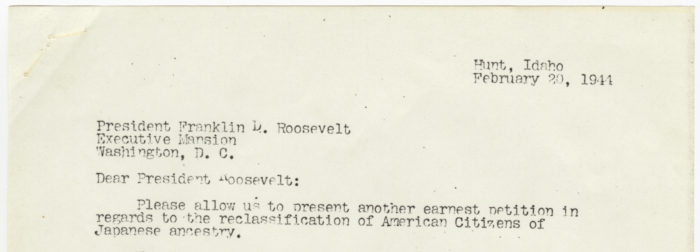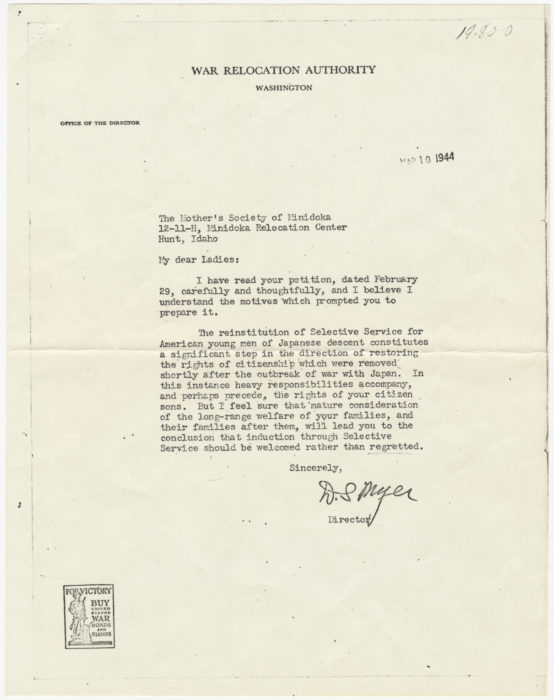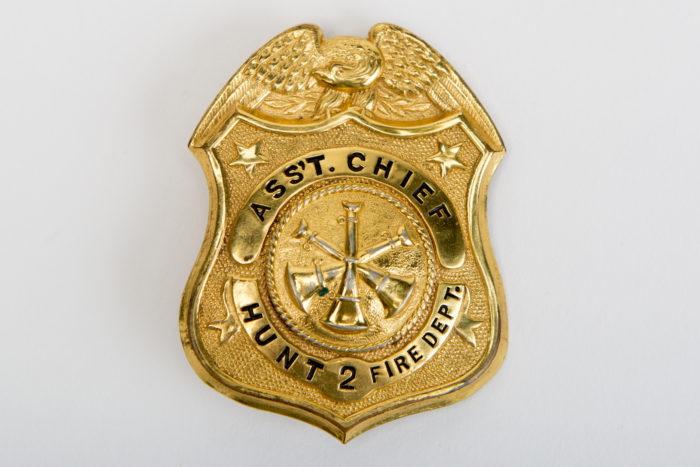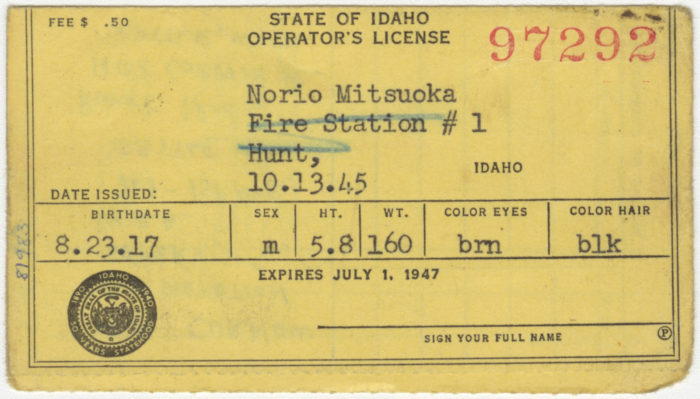Minidoka
Location: Hunt, Idaho
Peak population: 9,397
Date opened: August 10, 1942
Date closed: October 28, 1945
Minidoka held people from Washington, Oregon, and Alaska. In 1943, many of the incarcerees from Bainbridge Island, Washington, were transferred to Minidoka from Manzanar by their own request.
Located at 4,000 feet of elevation on uneven terrain in southern Idaho, Minidoka was in the Snake River Plain of Jerome County, 15 miles east of the town of Jerome and 15 miles north of Twin Falls. Its 33,000 acres of arid desert land was dominated by sagebrush; the southern boundary of the camp was formed by the manmade North Side Canal.
Although it had a smaller population in comparison to the larger WRA camps, the Minidoka War Relocation Center had a high percentage of Japanese Americans who volunteered to serve in the military. Many other volunteers were granted leave to work as farm laborers in the local area.
For more info about Minidoka, click here.

Japanese American National Museum, Gift of the Miyaoka Family (94.55.5)
This object is part of the story Dear President Roosevelt, which is about Dissent.
Read this letter excerpt.
- Who is the letter being sent to?
- What do you know about the writer(s)?
- The writer(s) chose each word carefully. What might be the reasons this letter says, “American Citizens of Japanese ancestry?”
In 1944, three years after the United States entered World War II, the federal government reclassified Japanese Americans as eligible for the military draft. This meant young men living in Japanese American concentration camps and previously considered unfit for service began to be drafted to serve in racially segregated US military units. Imagine the impact this had on those who were in the camps.

Japanese American National Museum (2015.100.408a)
This object is part of the story Dear President Roosevelt, which is about Dissent.
Look closely at this photograph.
- What is the first thing you notice?
- How would you describe the emotions of the people in this picture?
- Why do you think everybody is so formally dressed?
- Which country do you think this is?
This is a ceremony that took place in all of America’s concentration camps. In this picture, mothers are receiving special gold star pins to signify that their sons were killed in action while fighting in World War II.

Japanese American National Museum, Gift of the Miyaoka Family (94.55.5)
This object is part of the story Dear President Roosevelt, which is about Dissent.
Read this letter carefully.
- What is the name of the group that wrote this letter?
- What are some reasons the members of this group don’t want their children to be drafted into the US military?
- Do you notice the small typos in this letter?
This letter was written by mothers incarcerated in Minidoka Concentration Camp in Hunt, Idaho, who were still learning English. For the first draft of the letter, they asked for help from a Japanese American lawyer but ultimately felt his draft was too weak and overly emotional. They then worked together to write this letter, which they sent to President Roosevelt.

Japanese American National Museum, Gift of the Miyaoka Family (94.55.5)
This object is part of the story Dear President Roosevelt, which is about Dissent.

Japanese American National Museum, Gift of Norio Mitsuoka (91.4.1)
Japanese American National Museum, Gift of Norio Mitsuoka (95.54)
This object is part of the story Fire Crew, which is about Security.
A community’s internal security threats are less complex than external community threats. Nonetheless, everyone has a basic need to be safe. The War Relocation Authority created fire departments to ensure standard protections like safety for the Japanese American prisoners. Japanese Americans had opportunities to work in the camps, and some chose to be firefighters.
Watch this video of the fire crew.
- How did the crew practice fighting fires?
- What animal appears here?
- How is this video footage from the World War II period different from videos now?

Courtesy of Densho and the Bigelow Family Collection
This object is part of the story Fire Crew, which is about Security.
This is an article from Information Digest, a publication for War Relocation Authority (WRA) staff. Information Digest contained short news articles about the happenings in all of the WRA camps.
Read this briefing from Information Digest #41 (April 3, 1943).
- What types of fires did the fire crew in Minidoka fight?
- Who was the fire crew working with?

